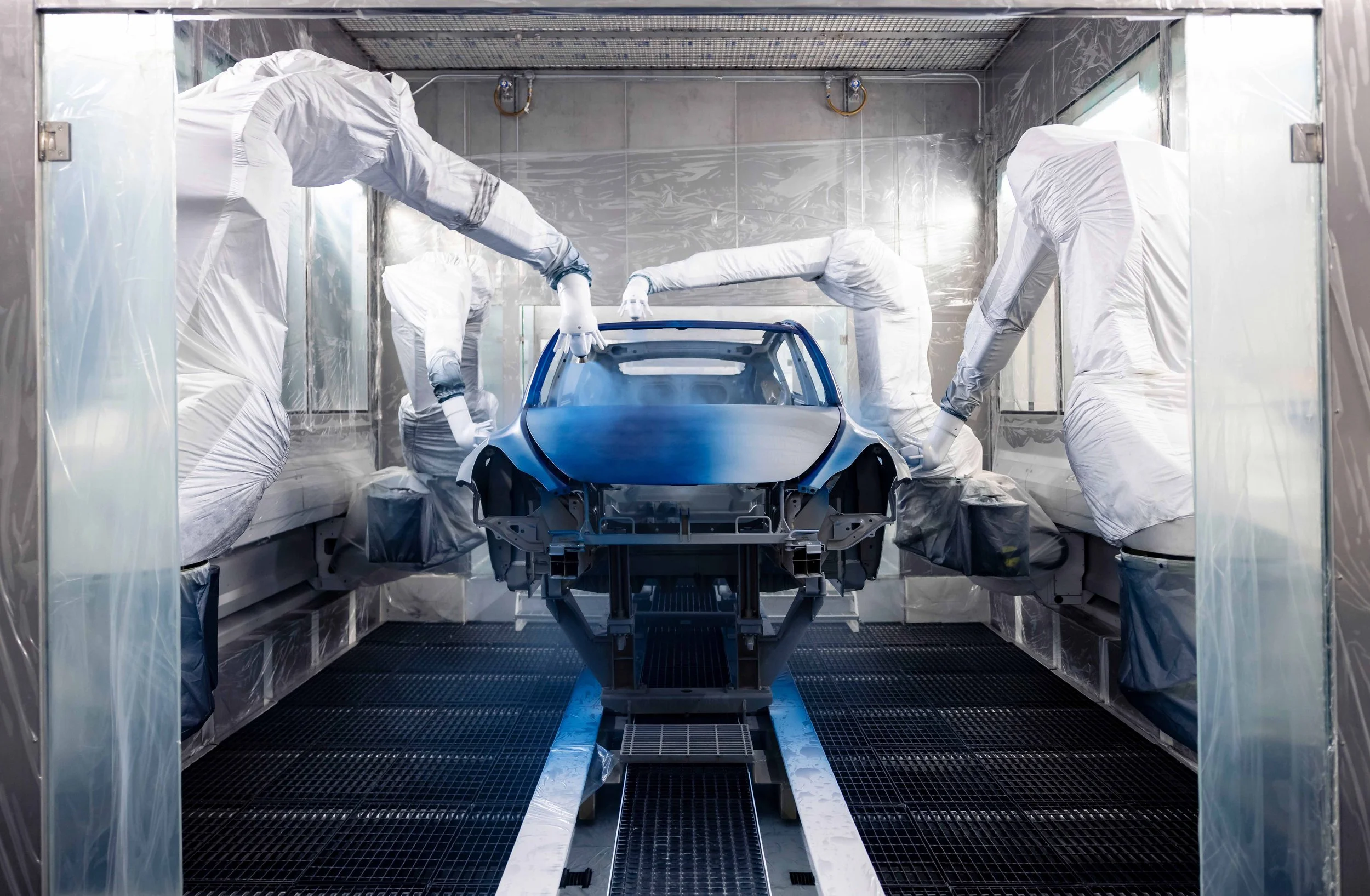How AI Is Transforming Supply Chains into Strategic Assets
Executive Insight | August 14, 2025
In a business environment defined by geopolitical tension, climate volatility, and shifting consumer patterns, supply chains have graduated from cost centres to boardroom priorities. Artificial intelligence no longer serves merely as an operational tool, it underpins how value is created, decisions are made, and disruptions are tamed.
Consider the example of Toro, the U.S. equipment manufacturer, which is using AI to interpret live tariff data, commodity price movements, and supplier lead times. In an environment where trade policy can shift overnight, this capability allows the company to adjust sourcing and production in hours rather than weeks, preserving lean inventory without exposing itself to sudden shortages or cost shocks.
The same principle is being applied at vastly different scales and sectors. At Amazon, AI-driven forecasting tools are synchronised with autonomous warehouse robots to optimise inventory positioning before orders are even placed, shaving delivery times and cutting last-mile costs. In the cosmetics sector, Chinese beauty brand Florasis has built an AI “smart brain” into its Hangzhou manufacturing facility. This system coordinates quality control, production scheduling, and renewable energy management, resulting in faster output, fewer defects, and a smaller environmental footprint. The approach is a reminder that advanced manufacturing intelligence is no longer the sole domain of heavy industry, consumer goods players are also embedding AI deeply into operations to capture efficiency and market agility.
These innovations reflect a broader redefinition of what supply chains do. Traditionally viewed as cost centres, they are evolving into competitive moats, delivering value through foresight, speed, and adaptability. Four capabilities, in particular, mark this evolution. First, the ability to detect patterns before they become problems, whether in demand shifts, weather disruptions, or trade barriers, allows leaders to act while competitors are still reacting. Second, the flexibility to reconfigure networks dynamically enables stock, production, and logistics to be rebalanced in real-time. Third, creating a continuous decision loop between human expertise and AI models ensures that machine recommendations are enriched with on-the-ground insight and strategic judgment. Finally, advanced diagnostics bring these capabilities into the boardroom, allowing executives to model the financial impact of risks and opportunities before making capital allocation or market-entry decisions.
While these examples highlight AI’s role in retail, food, and cosmetics, its impact is perhaps most visible in the automotive sector, where manufacturing complexity and technological integration are on an entirely different scale.
Tesla’s latest AI strategy moves are as much about manufacturing resilience as they are about technology. In July 2025, the company struck a $16.5 billion agreement with Samsung to produce its next-generation AI6 chips at a new facility in Texas. By securing production close to home, Tesla reduces exposure to the semiconductor shortages and geopolitical risks that have repeatedly disrupted global manufacturing.
These chips will be deployed not only in vehicles but also deep within Tesla’s factories, where AI now orchestrates much of the production process, from coordinating robotic assembly lines to detecting quality issues in real-time. Ensuring a stable supply of that processing power is, in effect, ensuring the continuity of the production flow.
Just weeks later, Tesla announced it would wind down its in-house Dojo supercomputer programme and focus its AI infrastructure on the AI5 and AI6 chip families. Standardising on a single chip architecture reduces complexity in procurement, integration, and maintenance, all of which have a direct bearing on how quickly the company can ramp up production or adapt to shifts in demand.
Elsewhere, logistics providers are using AI to reframe efficiency itself. Machine learning models deployed by Uber Freight have reduced “empty miles” for truck fleets from about 30 per cent to between 10 and 15 per cent. This is not simply an operational win; it reshapes the economics of freight, allowing carriers to increase revenue per mile and shippers to reduce costs and emissions.
The cumulative effect of these developments is a profound shift in how supply chains are valued and managed. They are no longer optimised solely for cost minimisation. Instead, the emphasis is on resilience, revenue enablement, and strategic alignment with corporate goals. AI makes it possible to view the supply chain as a living system, where data flows continuously from suppliers, markets, and internal operations into a decision-making architecture that can anticipate, adapt, and self-correct.
For leaders, the challenge is no longer to prove AI’s relevance but to scale it intelligently. That means integrating AI into the strategic agenda, not just the IT roadmap. It requires investment in clean, connected data infrastructure, because AI models are only as good as the information they receive. It demands organisational models that embed collaboration between technical and operational teams so that decisions are made in context, not in isolation. And it calls for a broader definition of return on investment, one that values speed-to-market, customer satisfaction, and brand resilience alongside traditional efficiency metrics.
Today, supply chain performance is shaped less by scale of AI investment than by the precision of its deployment. Organisations that integrate machine learning across demand, production, and logistics are already turning volatility into a competitive edge. The rest are merely catching up, while the leaders define operational excellence for the next era.




